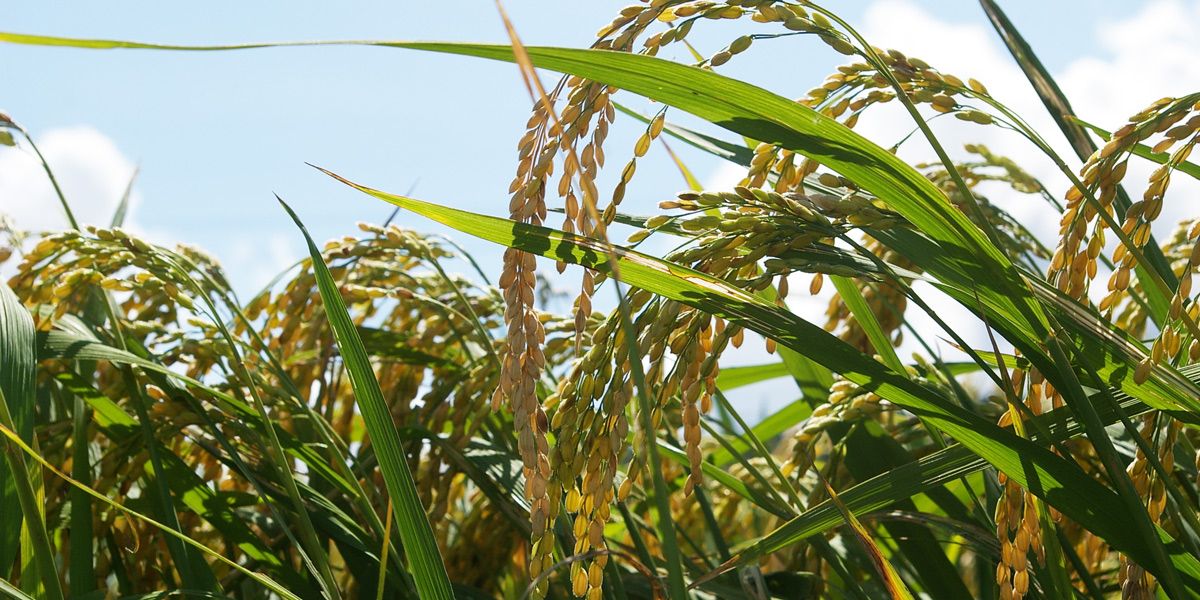
Bangladeshi people to be used as lab rats
With funding from the Gates Foundation, University of Melbourne plant biologist Dr Alex Johnson and colleagues have developed a GM rice[1] that contains increased iron and zinc.
The rice is reported to yield as well as non-GM rice.
Just as with GM golden rice, the biofortified GM rice is being touted as a marvel that will help solve hunger in the developing world.
Dr Johnson is quoted as saying, “There are no deal-breakers in these results. We have proven our concept in a major variety of rice, and we are now ready to move this into a developing country.”
The “developing country” targeted for release of the GM rice is Bangladesh. This is undoubtedly because the country has a notoriously weak regulatory system and has already released GM Bt brinjal (eggplant) even though the developer’s own animal feeding trials showed it to be toxic.
Bioavailability claim
Dr Johnson and his colleagues have done tests that purport to show that the nutrients in the biofortified iron and zinc rice can be taken up by the human body upon ingestion. The researchers digested the rice with enzymes and then added the mix to intestinal-type Caco-2 cells growing on dishes in a lab.
However, Dr Michael Antoniou, a London-based molecular geneticist, says that such tests cannot equate with the complexities of a real digestive system: “Until the researchers can show uptake by animals or humans, they cannot claim bioavailability of the nutrient metals in this rice.”
Dr Antoniou added, “There is no sign that the researchers have done anything to evaluate unintended effects from the GM process. For example, detailed molecular compositional 'omics' analyses would show any unintended changes in the rice that could make it toxic or allergenic, or alter the levels of other nutrients. But these tests have apparently not been done.
“Most importantly, the researchers have not conducted any long-term toxicity studies in a recognised animal model system, such as the rat, to generically reveal any unintended effects. There is no point in feeding this rice to people to increase nutrient metal uptake if it's going to make them sick due to some other change in its properties.
“In the absence of this basic information, it is not justifiable to claim that ‘There are no deal-breakers in these results’ or that the rice is ready to move into a developing country.
“The Bangladeshi people should not be used as lab rats for this inadequately tested product.”
Aside from questions of safety and efficacy, as with GM golden rice, the new GM iron and zinc rice will only serve to distract from the real cause of hunger: poverty.
People are hungry not because there is a lack of nutritious food in the world but because they lack the money to buy the food that abounds in the marketplaces of even the poorest countries. No amount of GM “biofortified” crops will do anything to address this problem.
By soaking up valuable resources that could be used to provide people with long-term access to a nutritious and diversified diet, the new GM iron and zinc rice will exacerbate hunger rather than remediate it.
—
Notes
1. Kurniawan R. Trijatmiko et al. Biofortified indica rice attains iron and zinc nutrition dietary targets in the field, Scientific Reports (2016). DOI: 10.1038/srep19792. Open access: http://www.nature.com/articles/srep19792










